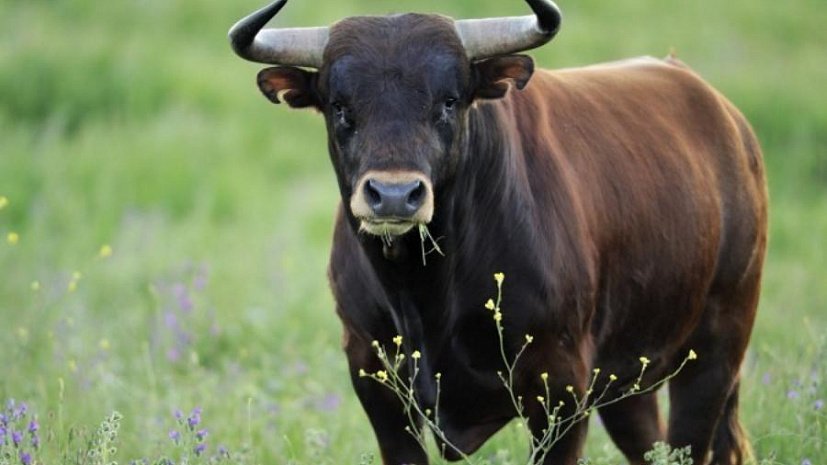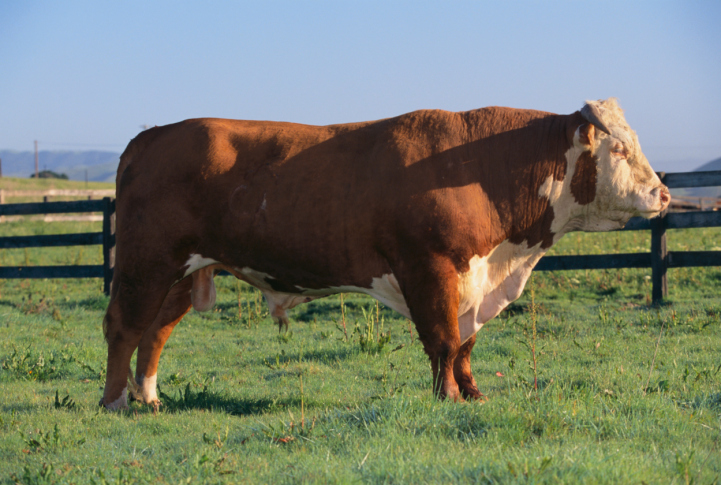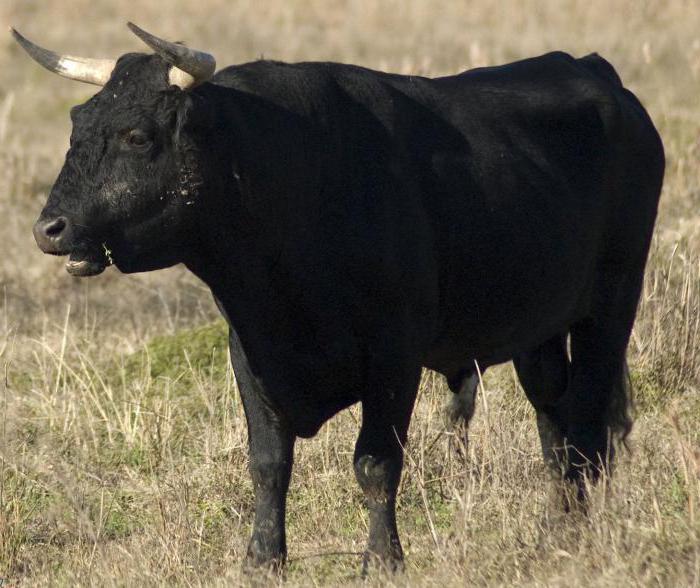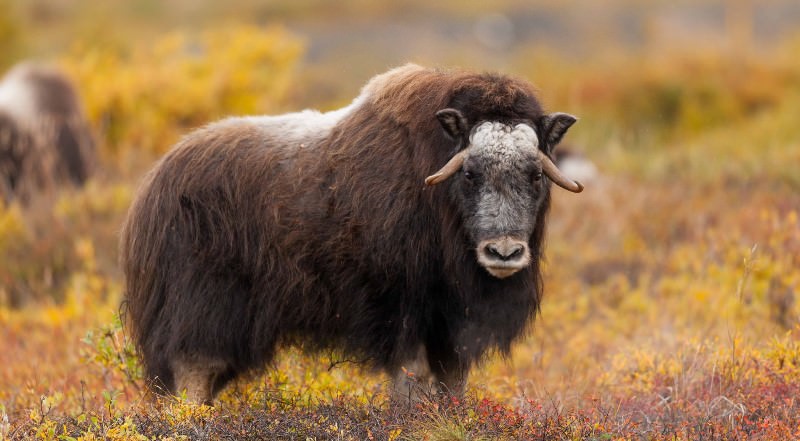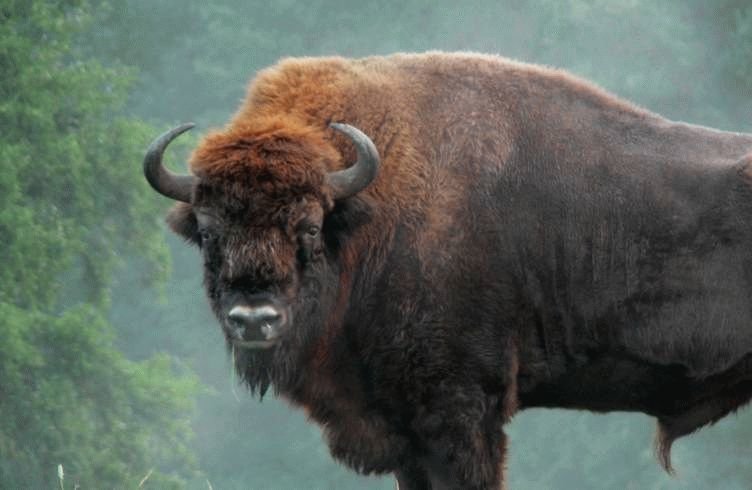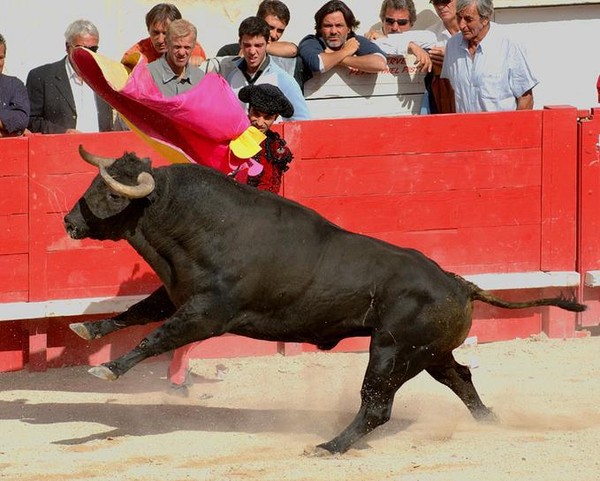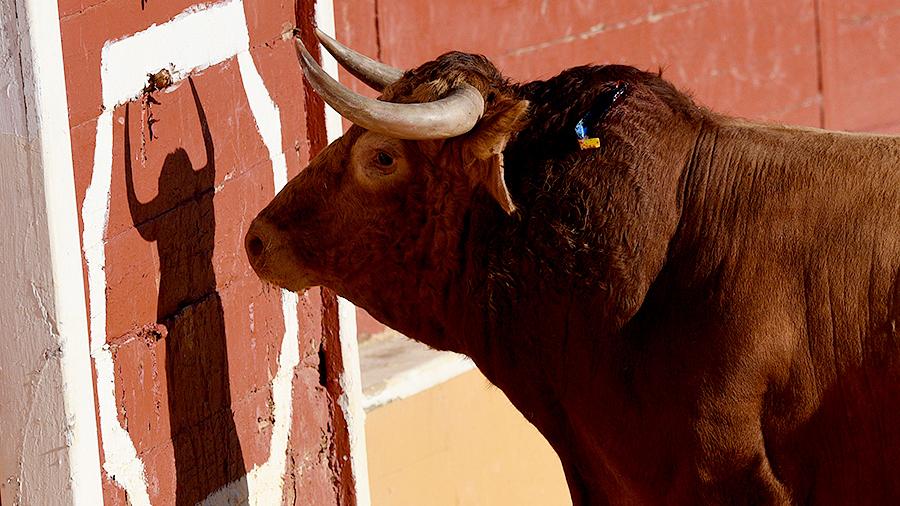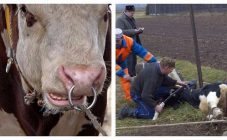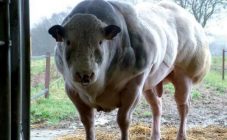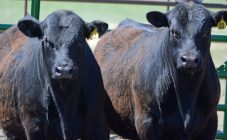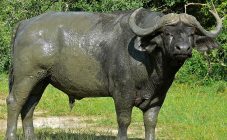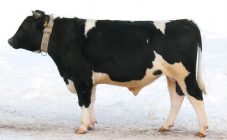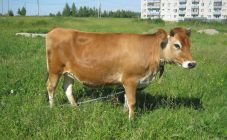Content:
Today, there are many different breeds of bulls, among which there are no "bad" ones, since each variety was bred for a specific purpose, winning in comparison with the others in some parameters and inferior in other characteristics. Regardless of the direction of breeding, these animals are of great agricultural importance for humans.
All about the bull
The bull is a large horned animal, a representative of the bovine artiodactyl subfamily. Representatives of the species differ from other subfamilies in size and massive build.
A bull is taller than a cow, since the live weight of an adult is 60–70% more, the head is coarser, and the neck is thicker. The bulls' shoulders are more rounded, the chest is wider. Young bulls reach sexual maturity on average at 7 months of life.
Primitive bull
The ancestor of domestic cows was a wild bull, in particular, its subspecies, extinct in the wild, the tour (also a primitive bull). Wild and first domesticated tours were used only for meat, but with the growing dependence of people on agriculture, they began to be used mainly as a labor force: for many centuries, tours were the main draft animals and remain so in many third world countries to this day.
Domestic bull
The domestic bull is a domesticated subspecies of the wild bull that is bred for meat and leather. The males of the species are called bulls, the castrated males are called oxen.
The inseminating bull (or breeding bull, also a male producer) is the main value in animal husbandry, as it is used in breeding to obtain purebred offspring through natural mating or through artificial insemination. Incorrectly selected sire males (with low potential, high differentiation of traits) can significantly reduce the productive qualities of the offspring, even when using outstanding mothers.
Bull breeds
All the variety of breeds of bulls, depending on the economic orientation, are conventionally divided into 3 branches:
- Dairy breeds. Individuals of this direction are bred for the production of dairy products. Due to their lean physique, the use for the production of beef becomes unprofitable, however, they are distinguished by a good-natured character and balanced demeanor.
- Meat breeds are large in size. In contrast to dairy breeds, the physiological processes of meat varieties are aimed at increasing muscle tissue in conditions of the most optimal consumption. These cows only have enough milk to feed the calves.
- Combined, that is, universal breeds are characterized by the fact that they combine the quality of both directions.
There are more than 1000 purebred bull breeds in the world, as well as about 30 hybrid forms. This diversity is due to the wide distribution of cattle and their special importance in agriculture.In addition to the usual traditional breeds, there are quite exotic and rare varieties that are not so easy to see on an ordinary farm.
Takin
Takin (Latin Budorcas taxicolor) is a butane bull, a very rare species that looks like a large goat. The height of the animal at the withers is about 100 cm, the length of the body is 120-150 cm, the body weight reaches 300 kg. The takin has large mouth and eyes, but small ears. It is covered with a thick golden hide that darkens towards the lower abdomen. The horns of males and females resemble those of a buffalo.
Black bull
The Aberdeen Angus is a breed that is native to Scotland. Distinctive features of the Black Angus bulls are hornlessness and black color. Their Aberdeen pass on to descendants even when crossed with individuals of other breeds.
These small cows rarely reach 120 cm at the withers. Their skin is loose, thin. The skeleton of animals is thin and makes up 15-18% of the carcass weight.
Zebu
Zebu (Latin Bos taurus indicus) is an unusual subspecies of a wild bull with a pronounced hump. This muscle-fat formation serves as a kind of "storehouse" of nutrients and plays an important role in the life of the animal's body.
The mass of adult zebu reaches 300-350 kg. Satisfactory meat qualities, as well as high milk fat content and endurance make humpback bulls one of the most valuable forms of cattle in hot regions.
Musk ox
The musk ox, or musk ox (Latin Ovibos moschatus) is a large stocky mammal with a large head and short neck. Musk oxen are covered with an unusually thick coat and have rounded horns with a massive base on the forehead.
On average, the height at the withers of an adult musk ox is 135 cm, weight varies from 260 to 650 kg.
Bull gaur
Gaur (Latin Bos gaurus), or Indian bison, is the largest representative of the genus of real bulls, which were bred in India.
The body length of an adult gaura reaches an average of 3 m, its height is 2 m. This bull from India weighs from 600 to 1500 kg. Gaura's horns are curved upward and resemble crescents in shape, the coat color is brown, approaching black.
The domesticated form of the gaura bull is gayal.
Bull watussi
Watusi (English Ankole-Watusi) is an African bull with a very exotic appearance. A characteristic feature of the species are huge horns (up to 1.8 m wide), which serve as a kind of air conditioner for the animal. They are permeated with blood vessels and regulate body temperature in extreme heat conditions.
Watussi are considered sacred bulls among African tribes, and only representatives of the nobility and the wives of the leaders can own them. These bulls are raised primarily for meat.
Tibetan bull
The Tibetan bull, also a yak (lat. Bos mutus) or sarlyk, is an artiodactyl mammal native to the Tibetan mountains. This type is difficult to confuse with another because of its memorable appearance. It is a massive, long-haired animal with a sloping back and long horns curved upwards. The height of an adult at the withers reaches 2 m, weight - 1000 kg. A distinctive feature of yaks are rather short legs with a long body.
American bull
Bison (Latin Bison bison), or American bison is a large, massive animal with thick brown hair. The head is massive, broad-forehead. The ends of the horns are curled inward.
The back of the body of the American bull is not as developed as the front. The growth of an adult is 2 m, the length is 3 m.
Interesting facts about bulls
Since ancient times, bulls have occupied an important place in human life, however, despite such a close "neighborhood", there are many so-called "false" myths about these animals, and some features of their content are not clear to many.
Why bulls react to red
It is believed that during a bullfight the bull attacks the matador's red cloak because it is irritated by the red color. This is nothing more than a myth, as bulls and cows do not distinguish colors well. Moreover, they do not perceive the red color at all. The animal irritates another - movement.
Bulls are very short-sighted, so the flickering of matter is perceived by them as a threat, however, the color red for the bullfight was not chosen by chance. It is designed to calm, not annoy, but not a bull, but the public. The blood of the animal is not so noticeable on the red tissue, and therefore its killing is perceived more calmly.
Are bulls able to distinguish colors
Color blindness (also color blindness) is a hereditary feature of vision in humans and primates, which is expressed in the inability to distinguish all or some colors, but most often people who are not able to see red are called color blind. In this regard, it is difficult to give an unambiguous answer to the question of whether bulls are color blind.
The fact is that bulls and cows have only two color receptors in their eyes, and not three, as in humans, and in general, most animals distinguish only the spectrum of colors that is important for their vital activity. For them, this is a feature of vision, while for people, limited color recognition is a disease. While humans can distinguish between shades of red, blue and yellow, as well as their various combinations, cattle are most sensitive to yellowish green and blue-purple colors. Although bulls cannot distinguish red tones, this does not make them color blind.
Why you need a bull's nose ring
On a farm, bulls are usually kept with a nose ring. The reason is simple - these are large, strong animals that are difficult to control, but there are points on the body of animals with increased pain sensitivity. These are ears, eyes and nose. That is why quite often the partition between the nostrils of the animal is used to fasten the ring, with the help of which the obstinate animal is easily kept in check.
Ancient Egypt
The ancient Egyptians revered bulls as sacred animals. In particular, the Egyptian bull Apis (or Hapis) from ancient Egyptian mythology, dedicated to the gods Osiris and Ptah, even had its own temple in Memphis.
Initially, Apis was considered the embodiment of part of the soul of Ptah, the patron saint of the city of Memphis, and acted as a symbol of the power of the pharaoh. It was believed that Apis existed in the body of an ordinary bull living at the temple, and with his death took on a new incarnation.
When the previous incarnation of Apis died, the priests of Ptah began searching for a new "vessel" for the soul of their god. Once a new animal was found, it was fattened for a month, after which it was taken to the temple.
Breeding and keeping yaks at home
Domestic yaks are bred primarily for meat and wool, since the average annual milk yield of this breed is insignificant - about 500 liters per year, no more, but the milk is very fatty. The meat is rough and is mainly used in the manufacture of sausages and canned food. In addition, about 3 kg of wool can be obtained from one adult individual per year.
Keeping and breeding yaks does not present any difficulties. Even domesticated livestock prefers to get food on their own, climbing high in the mountains. You can feed them with black bread, turnips, carrots and oats. The main thing is not to overdo it, since these products are a treat for yaks, and not daily food. As a mineral supplement, salt and bone meal are poured into the feeders.
The yak pen is a simple fence made of metal structures, the height of which does not exceed 2.5 m. A small shed is built inside the pen, under which the animals can take shelter from the rain.
Yaks can be crossed with domestic cows, while the resulting hybrids, hainaks, are convenient not only as draft animals, they are distinguished by good fertility and yield up to 3.5 tons of milk per year.
Advice and guidance from experienced breeders and veterinarians
When choosing a bull for your estate, experts recommend paying attention to the following characteristics of the animal:
- The bull's eyes should be bright, clear, and should not be watery.
- The nose of a healthy animal is cool, moist, but no discharge. The goby often licks its nose.
- Breathing in the absence of any pathologies is even, not obstructed. The animal should not cough or wheeze.
- A bull's coat has a decent look with good care. It is shiny, clean and smooth to the touch with no tangles. Skin parasites, rashes and dry coats are indicative of health problems.
- The exhausted look of the animal is a good reason to be wary. Excess weight is also a sign of improper caring for the bull.
- Healthy bulls and calves are mobile and curious when interacting with people or with each other. One should be wary of animals that stand apart from the herd and behave indifferently, as this is the first sign of bad temper.
- The gait of a healthy individual is light, without limping. The animal easily sits down and rises to its feet. Too slow or uneven gait indicates joint problems.
The business of raising calves for meat can bring significant profit if you know not only the numerical parameters: milk yield, meat yield, etc., but also some features of the nature of the breed and its content. It is equally important to pay attention to the appearance of the animals when buying. And then the farmer will not burn out!
